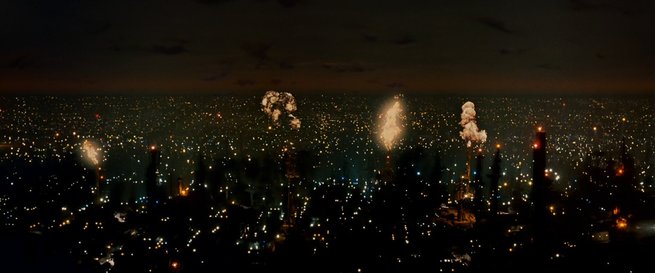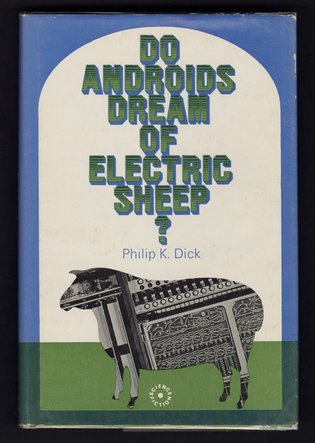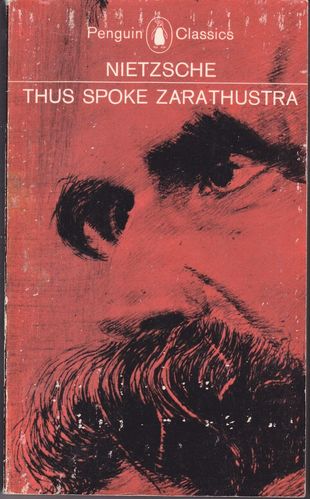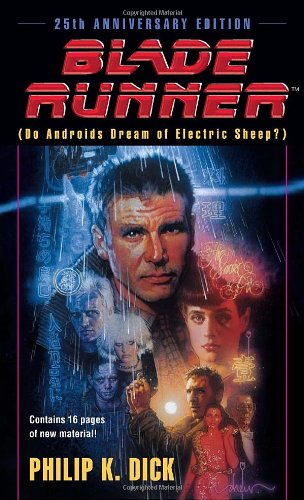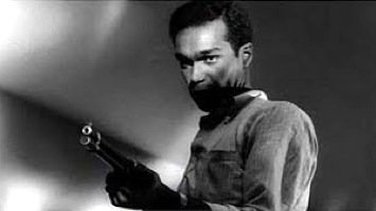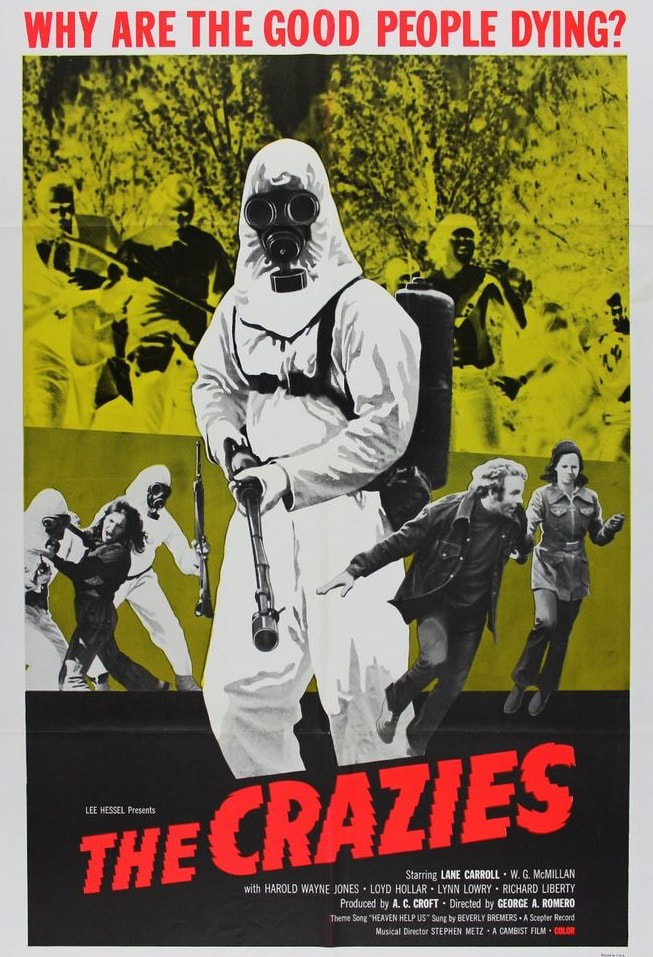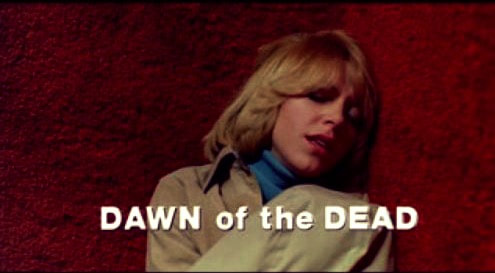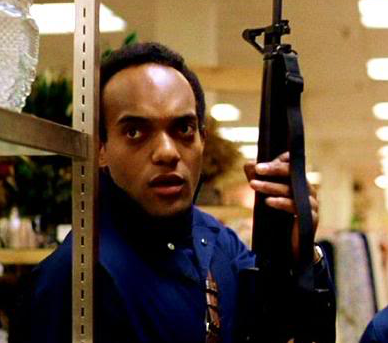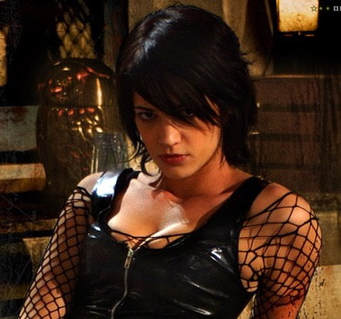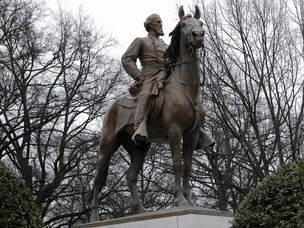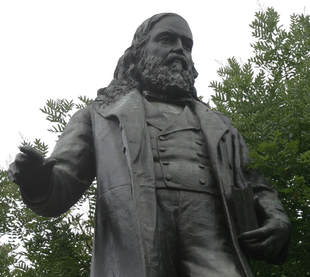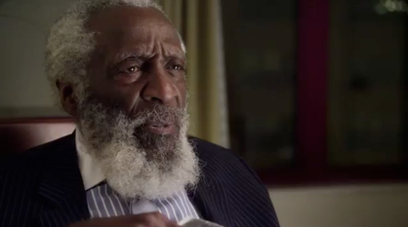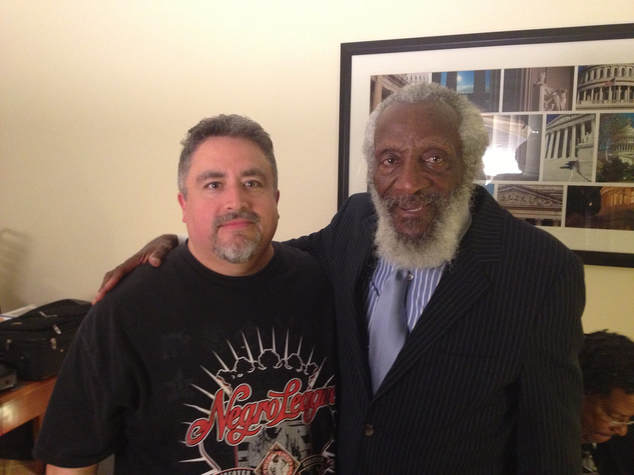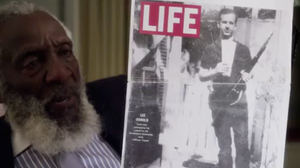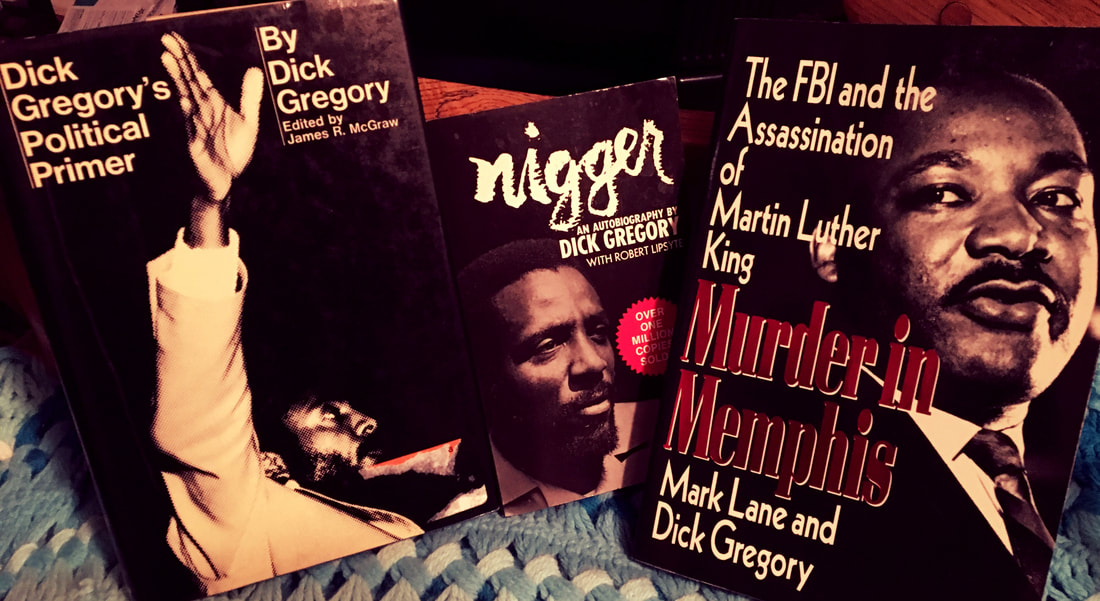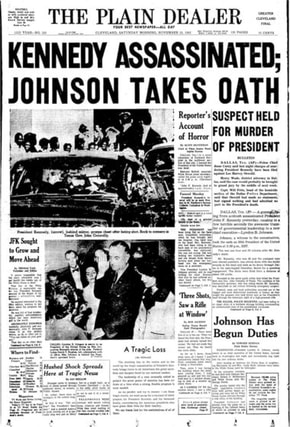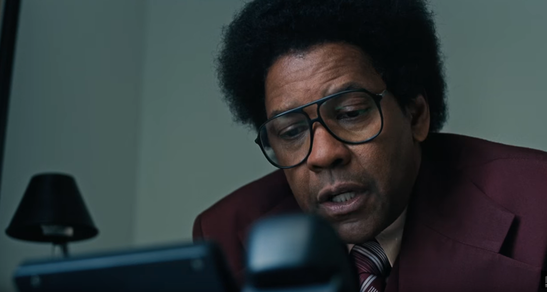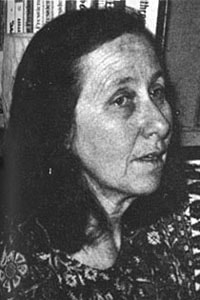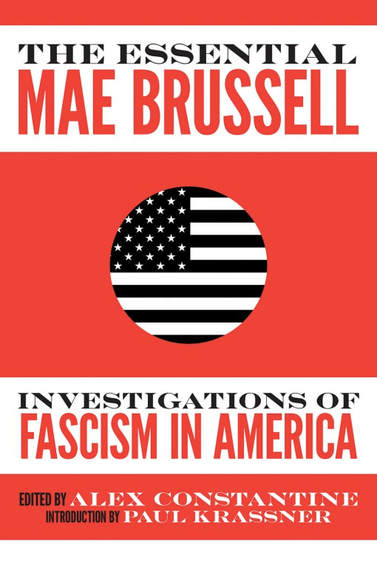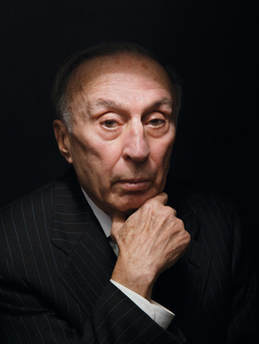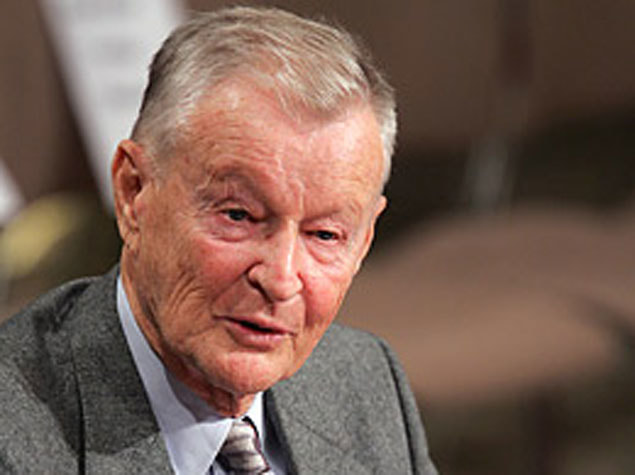SHELDON RAMPTON: Actually, we've all witnessed conspiracies. Most crimes involve a conspiracy of some kind, so if you've ever watched episodes of
NYPD Blue or
Law & Order, you've witnessed dramatizations of conspiracies. For that matter, Iran/Contra was a real conspiracy by people like Oliver North and others within the Reagan administration to subvert the will of Congress by covertly selling weapons to Iran and funneling the money from those sales to the contras in Nicaragua. There was a left-leaning organization called the Christic Institute back in the 1980s that wove facts from Iran/Contra into an elaborate conspiracy theory that they claimed connected Iran/Contra to various covert actors involved in a wide range of prior criminal acts including the assassination of JFK, the Vietnam War, etc.
People at the time (myself included) found the Christic Institute's claims credible because they fit the pattern of what we already believed about the Reagan administration and the contra war.
The Bush administration sold the war in Iraq in part by promoting a false conspiracy theory connecting Saddam Hussein to the 9/11 attacks. I remember reading a news story at the time where someone interviewed a "man on the street" who supported the war. The interviewer asked if the man believed that Saddam was behind the 9/11 attacks. He replied, "Yes. It sort of fits the pattern of what I know about the guy."
At around that same time, there were people on the left who believed that Bush was behind 9/11 somehow because it fit *their* pattern of what they believed about Bush. (ITALICS MINE)
JOSEPH GREEN: I’ve noticed that many people are obsessed with anti-conspiracy thinking, to the point where they will overlook obvious evidence in favor of a reality that makes them feel better. They will dismiss details as “trivial,” when the details are in contrast to their deeply held anti-conspiratorial notions. Many people, for example, continue to hold the preposterous notion that Oswald killed JFK - or worse, that Sirhan Sirhan killed RFK - even when the slightest understanding of physics would deny their conclusions. They will go so far as to project mental illness on people who disagree with them, despite having no expertise in the subject beyond reading a few articles in their newspaper of choice. It’s troubling.
SHELDON RAMPTON: Joseph Green Actually, I *do* believe that Oswald killed JFK and Sirhan Sirhan killed RFK. I used to think otherwise about the JFK assassination, but I've changed my opinion, although I appreciate that reasonable people might think otherwise. However, it's obvious that *all* of the conspiracy theories about the JFK assassination cannot be true. Some people think Castro was behind it. Others think it's the CIA. Others think it's the Mafia. The Christic Institute, which I mentioned previously, wove the JFK assassination into its narrative about Iran/Contra. Even if you think one of those scenarios is what happened, you can't possibly believe that they're all true.
...I don't claim to know everything about how this works, but often when there is a traumatic event in the news you see conspiracy theories circulate about it. For example, conspiracy theories emerged following the mass shootings a few months ago in Las Vegas by Stephen Paddock. As is often the case, people circulated "unanswered questions" about the shooting, such as these:
https://www.zerohedge.com/news/2017-10-04/16-unanswered-questions-about-las-vegas-shooting-mainstream-media-doesnt-want-talk-aI think events like this attract conspiracy theories because (1) they're dramatic; (2) information about events of this nature usually comes in pieces, and the early information is often fragmentary, incomplete and contradictory. People puzzle over those inconsistencies and try to fit them into the pattern of their expectations about the world. In the case of the Las Vegas shootings, I think a lot of the people who circulated conspiracy theories were opponents of gun control who wanted to believe that it was a "false flag" incident engineered to pass legislation that would enable the government to take away everyone's guns. Similar "false flag" theories have emerged after Sandy Hook and other mass shootings.
JOSEPH GREEN: Sheldon M Rampton, multiple theories exist for virtually every fact in the known world. There are physicists who believe the universe is a computer simulation. Most physicists seem to believe in dark matter, for which no evidence exists whatsoever. Turbulence is not perfectly understood. Not every aspect of Newtonian mechanics is perfectly understood.
“Conspiracy theories” aren’t a special category. Presumably you believe in the Woodstein version of Watergate. Does that make you a conspiracy theorist? Why or why not?
I would say that theories asserting that the world is run by lizards etc. have a low probability of being correct, so low that it’s not worth taking seriously. But it is pure confusion to lump that sort of theory with (for example) the evidence that
Sirhan Sirhan did not kill RFK. That thesis has a zero probability of being correct. If you don’t understand why, you haven’t read the
coroners report.
SHELDON RAMPTON: I've already explained that I believe conspiracies exist. Please learn to read.
JOSEPH GREEN: Sorry if I wasn’t clear; however, you said that you believe Sirhan Sirhan killed RFK and that is a belief every bit as absurd as anything Alex Jones says. This isn’t something one can have differing opinions about - either you are familiar with and understand the evidence, or not.
There is no scenario in this universe in which Sirhan could have killed Bobby Kennedy.
In light of this, my questions are: what is your program for determining which conspiracies are acceptable and which are not? And who gets the pejorative “conspiracy theorist” and who doesn’t?
SHELDON RAMPTON: Joseph Green I look at the evidence and reach a conclusion. Maybe I'm not always correct, but I do my best. I tend to distrust people like you who insist that they are absolutely certain about their theories, because that level of claimed certainty is usually a marker of emotional investment more than a marker of actual knowledge. We could go back and forth if you like about the evidence connecting Sirhan Sirhan to RFK's murder, but I doubt that either of us will find our views changed at the end of that exchange.
As for "my program for determining which conspiracies are acceptable and which were not," I don't have "a program." I have some opinions, which I've already outlined above. Just read what I've already written if you want to understand my views. As for which conspiracy theories are valid and which are not, I just do my best to follow the evidence. Perhaps you'd care to share your opinion about which of the following conspiracy theories you believe to be true:
(1) The Bavarian Illuminati has been working behind the scenes to orchestrate world events including the French Revolution, the Battle of Waterloo, the assassination of JFK, and infiltrating Hollywood.
(2) The Rothschild banking family is the secret force behind history beginning with the Napoleonic Wars and continuing through to the present day.
(3) The a United Nations has black helicopters with which tye plan to bring the U.S. under UN military control.
(4) Chemtrails are a conspiracy to poison the air.
(5) JFK's assassination was the work of Fidel Castro.
(6) JFK's assassination was the work of the CIA.
(7) JFK's assassination was the work of the FBI.
(8) JFK's assassination was the work of Lyndon Johnson.
(9) JFK's assassination was the work of the Mafia.
(10) JFK's assassination was the work of the KGB.
(11) RFK was killed by someone other than Sirhan Sirhan.
(12) Sirhan Sirhan was a Manchurian candidate who was hypnotized into killing RFK.
(13) The Pill and abortion are a conspiracy to eliminate black people.
(14) Political elites are conspiring to eliminate the white race.
(15) Haile Selassie never died in Ethiopia.
(16) The Apollo moon landing was faked with help from filmmaker Stanley Kubrick.
(17) he Bush family, Margaret Thatcher, Bob Hope, and the British Royal Family are shape-shifting alien reptiles.
(18) 9/11 was planned by the Bush administration to create a pretext for the war in Iraq.
(19) The Clintons murdered Vince Foster and 50 other people.
(20) The mass shootings at Sandy Hook, Las Vegas, the Parkland School and elsewhere were "false flag" operations in which "crisis actors" pretended to be victims so the government can take away everyone's guns.
(21) Barack Obama's birth certificate was faked, and he is a secret Muslim.
(22) The U.S. Federal Emergency Management Agency is building of concentration camps in preparation to impose martial law and genocide.
(23) The AIDS virus is a conspiracy to kill blacks and gays.
(24) Water fluoridation is a Communist conspiracy to weaken the U.S. population.
(25) The earth is flat, and the government is covering up the truth.
(26) Vaccines are a conspiracy by the pharmaceutical industry.
(27) The auto industry has been covering up the availability of technology to build cars powered cheaply by water, hemp and cold fusion.
(28) The pharmaceutical industry has suppressed knowledge of cures for cancer.
JOSEPH GREEN:
OK, I’ll play.
1. No, although George Washington was apparently concerned about it.
2. No.
3. No.
4. Don’t know.
5 through 10. No, although the CIA comes closest. Domestic assassinations, like foreign assassinations, come from the Pentagon.
11. Definitely.
12. No. He killed no one.
13. No, but
eugenics was a huge influence on Margaret Sanger. Go and read her letters to H G Wells in particular. Edwin Black also has an excellent book on the eugenics movement called
WAR AGAINST THE WEAK.
14. Yes, they’re called Republicans. Do you follow the news? (Sorry I thought you typed “white” by mistake rather than “Black.” If you really meant white, then no.)
15. No.
16. No.
17. No.
18. Possibly, although it isn’t clear.
19. Definitely not.
20. No, but the
Las Vegas shootings in particular had many anomalous elements. The “take away guns” theory is stupid, but I haven’t done enough work on these cases to really state a position.
21. No.
22. No, but if you’ve noticed we have our immigrant children in concentration camps.
23. Not sure, but the WHO records are quite strange. The
Boyd Graves lawsuit also turned up some amazing documents. Something is odd about it.
24. Communist, no. Fluoridation was a byproduct of industrial engineering and certain companies like Alcoa got the government to agree to
dump it in our water. This was a terrible idea. I thought I read about this in your books, but perhaps not.
25. No.
26. Definitely. The pharmaceutical industry has shown again and again that it doesn’t give a shit about anything but profits. This is not a “conspiracy” except in the sense of the nicotine conspiracy, cigarette companies covering up the dangers of their own products. Fifty or a hundred years from now I am quite sure that people will shake their heads in amazement at what we allowed to be injected into infants. Note: I don’t think that vaccines are bad in of themselves, but only the extra material put into them as stabilizers. See
FEAR OF THE INVISIBLE by Janine Roberts.
27. Of course they have. They also did their best to put mass transit out of business. See
INTERNAL COMBUSTION by Edwin Black. This is not conspiracy except in terms of profits, however - like various banks conspiring with Enron to ignore the obvious flags in their accounting principles. Everybody was making too much money.
28. I don’t know, but trusting pharmaceutical companies about anything is stupid.
Also, my certainty in the RFK case isn’t a result of an innate stubbornness, but from the fact that a person can’t shoot another person in the back of the head at point blank range if they are three feet away and facing the front.

















